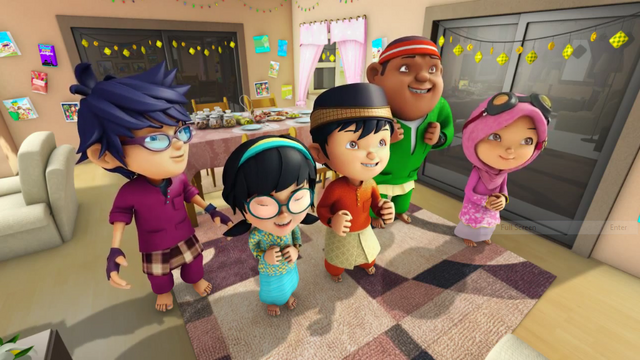Eid al-Fitr has a particular Salat (Islamic prayer) consisting of two Rakats (units) and generally offered in an open field or large hall. It may be performed only in congregation (Jama’at) and, has an additional extra six Takbirs (raising of the hands to the ears while saying "Allāhu Akbar", literally "God is greatest"), three of them in the beginning of the first raka'ah and three of them just before Ruku' in the second raka'ah in the Hanafi school of Sunni Islam. Other Sunni schools usually have twelve Takbirs, seven in the first, and five at the beginning of the second raka'ah. This Eid al-Fitr salat is, depending on which juristic opinion is followed, Fard (obligatory), Mustahabb (strongly recommended, just short of obligatory) or mandoob (preferable).
Muslims believe that they are commanded by God, as mentioned in the Quran, to continue their fast until the last day of Ramadan and pay the Zakat and fitra before offering the Eid prayers.

Fathers Day Messages
ReplyDeleteFathers Day Cards